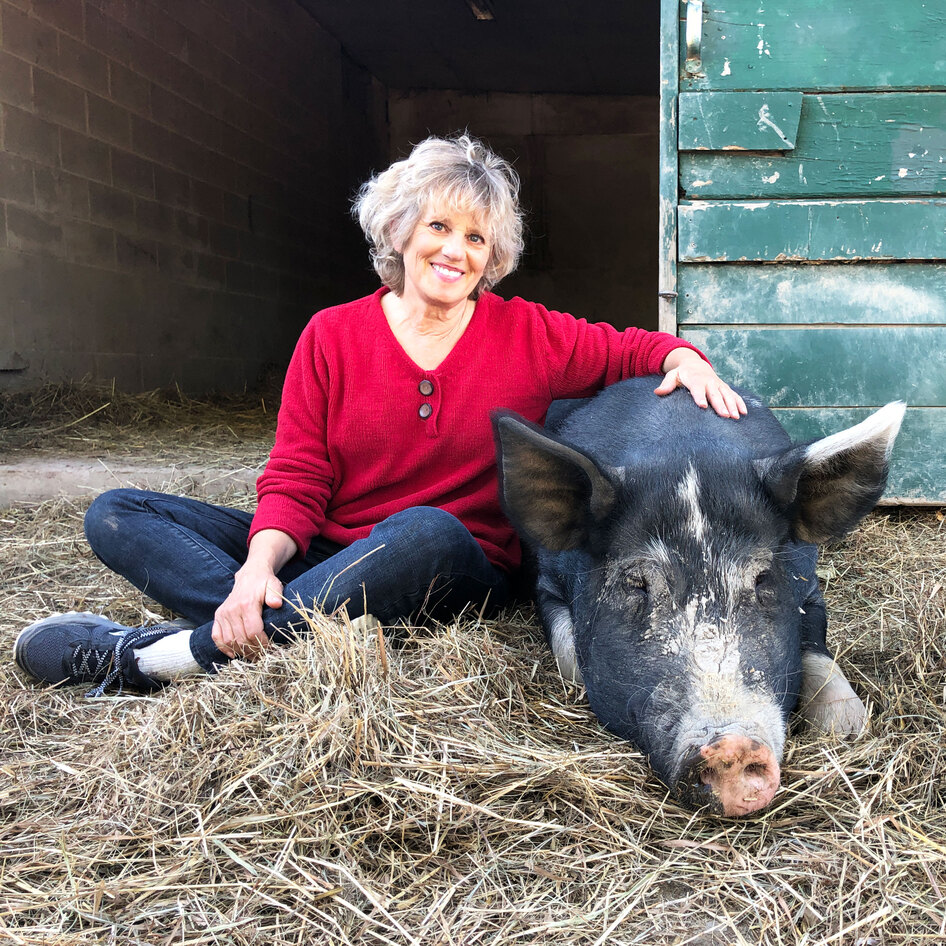5 Reasons to Reconsider Your Local Animal Shelter
Similar to their lovable four-legged residents, many shelters just need a second chance.
August 18, 2017
Many people are familiar with the antagonistic dog catcher character found in popular films such as Lady and the Tramp and Pets. Part of these negative perceptions stem from misinformation regarding euthanasia policies, substandard shelter conditions, and general distrust of government-run entities. However, through my work with my local county animal shelter, I have come to understand the challenges these shelters face, and I have learned that support government shelters in order to help the animals is crucial. In Honor of International Homeless Animals Day, here are five reasons why you should support your local animal shelter.
1. The staff actually cares
The media might portray animal control officers and kennel staff as mean-spirited, but this isn’t always the case. Although I can’t speak for every shelter employee, I can confidently say that the majority of the employees with whom I work feel compassion for animals and are invested in making a positive difference. Many of the staff fosters the neonatal kittens, puppies, and medical cases. The staff also takes the time to know the animals under its care—and not just by the intake number, but by their names and personalities. So, the next time you visit your local shelter, as you give each dog a friendly pat, remember to show some gratitude to the employees as well. Just like a pat to an animal, a simple smile or “thank you” can make someone’s day.
2. Shelters offer an array of animals
Contrary to popular belief, shelters are not full of “reject” animals. Many believe the only options are “aggressive” breeds, mixed breeds, sick, or senior animals. Similar to our human communities, shelters offer a diversity of ages, breeds, and personalities. “Pure” breeds (such as the much sought-after golden and labrador retrievers) find their way into shelters, as do puppies and kittens. Furthermore, the shelter population changes every day with new intakes. Due to this diversity, there is no need to resort to a breeder—all it takes is some patience and regular checking of the shelter’s website to find your perfect companion-animal match.
3. Euthanasia is not taken lightly
Euthanasia is a very sensitive and controversial subject, but it is important that this policy be addressed. Many government-run animal shelters euthanize as a last resort, but this does not mean we should reject them as killing machines and refuse to adopt from their facilities. The more we support our local shelters, the less burden they bear, thus decreasing the need for euthanasia. The most obvious justification for euthanasia is to put an animal out of its long-term and incurable suffering. For example, many animals that are hit by cars are brought into the shelter. Some qualify for medical treatment, but, unfortunately, many do not. Severely aggressive behavior, often linked to a bite record, can also prompt euthanasia, as does overcrowding and a severe lack of funding. That said, there is hope amid this unsavory practice, as a few government shelters in Austin, TX, San Diego, CA, and Waco, TX are introducing more humane practices with regard to caring for their animals. This new initiative is called “Target Zero,” in which a shelter minimizes its euthanasia rate to 10 percent or less. If your local shelter has a high euthanasia rate, don’t berate them for cruelty—pass along this link and help them get to zero.
4. Conditions are not as bad as they seem
The old adage “don’t judge a book by its cover” could not be more true for animal shelters. Let’s face it—many appear bleak, dirty, and depressing. Shelters are often at the bottom of the government priority list; therefore, funds for modernizing facilities or beautification are minimal at best. However, do not let a run-down appearance speak to the quality of care. For example, outdoor shelters might seem dismal in the rain, but what visitors do not realize is that shelter kennels have heated, slightly graded floors so the dogs stay warm and the water does not puddle. Further, many shelters have dedicated volunteers that provide enrichment such as dog walks, play groups, and cat cuddles. Of course, if you see something of concern, you can bring it to the attention of the kennel staff.
5. Elected officials can make a difference
If you present a solid case, elected officials are likely to listen to your pleas regarding improved conditions for animals in your area. So, make a suggestion that they sponsor a discounted adoption weekend. Or, if you have an idea as to how to improve the shelter, research the idea, provide examples of other shelters who have had success, and make your case. Keep in mind that funding is a major hurdle, so innovation will get you further than spending. You might not be able to communicate directly with the elected official, so ask for their animal care policy advisor, and let your voice (and the animals) be heard.
Tanya Flink is a vegan, foodie, and certified Master Personal Trainer based in Orange County, CA.
JUMP TO ... Latest News | Recipes | Guides | Health | Shop







